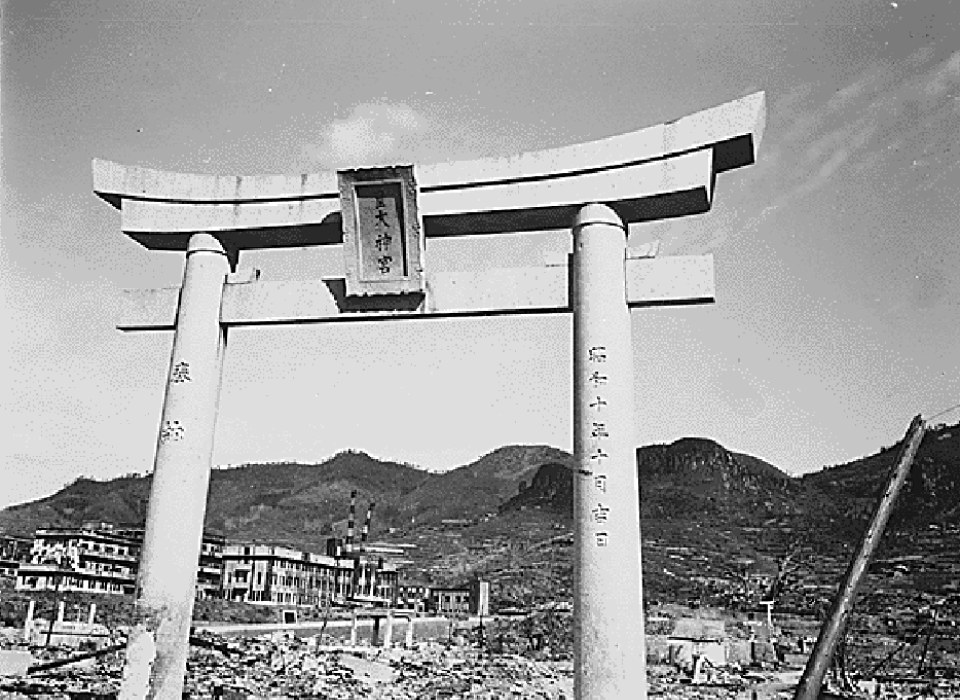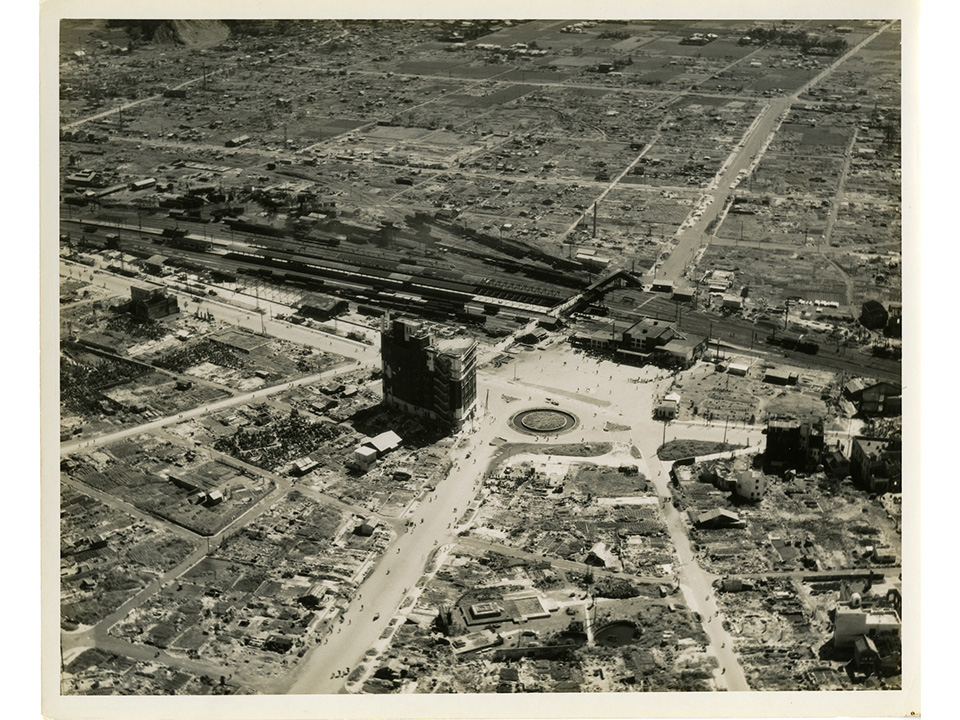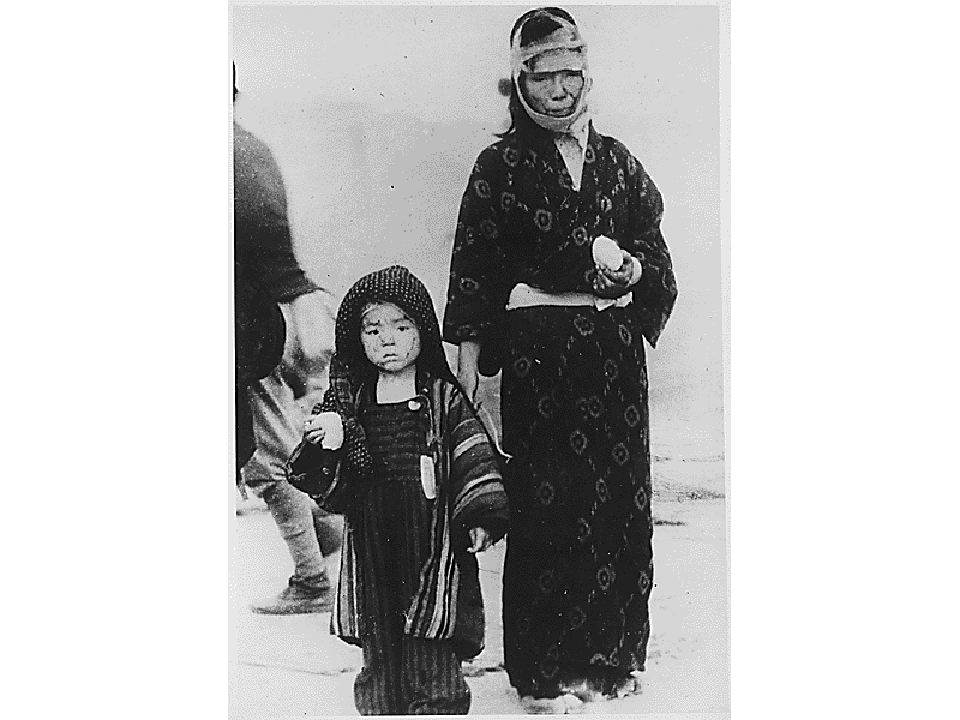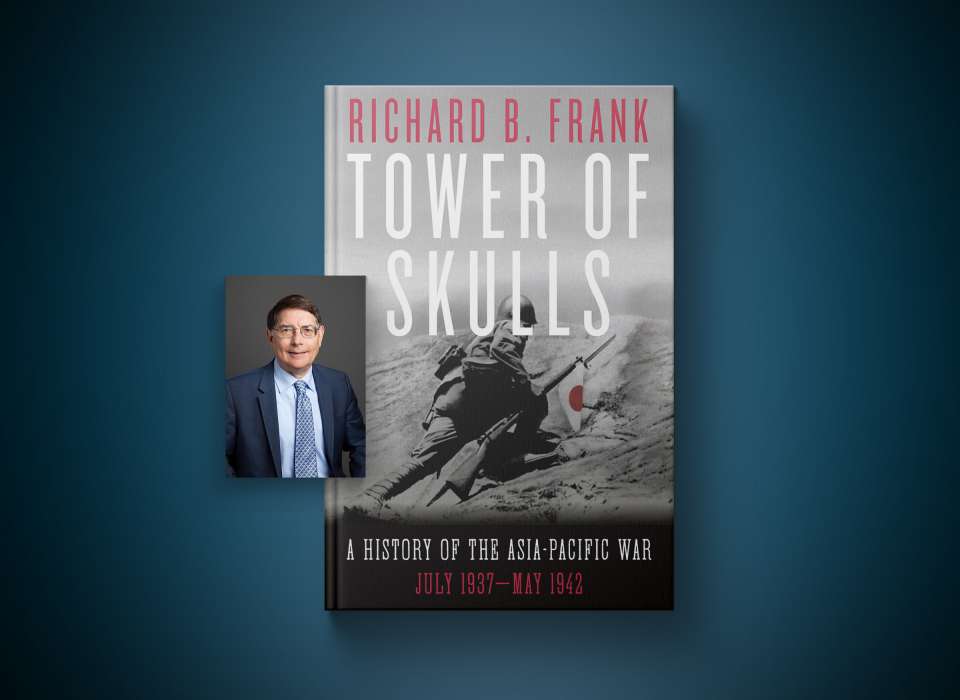Top Image: Remains of a Shinto Shrine, Nagasaki, Japan, October 1945. Courtesy of the US National Archives.
As set out in prior parts of the series, communications intelligence revealed the massive Japanese build up on southern Kyushu, the planned target for an initial invasion of Japan in November 1945 (Operation OLYMPIC.) This propelled the Joint Chiefs of Staff (JCS) into a convulsive confrontation over the viability of any invasion just as the war ended in August 1945. This revelation only appeared about five decades after the war and never achieved widespread public understanding. This background takes us to a review of American strategic options against Japan in 1945 apart from invasion—it is a nightmare scroll of “horribles.”
Planners had proposed to destroy the Japanese rice crop with a chemical (TN8), though this might not be feasible before 1946. Since rice was the staple food of the Japanese diet, such a measure could kill Japanese indiscriminately by the millions. This was challenged on the basis that it would be too late to assist the current invasion strategy starting in November 1945, and because “indigenous food supplies may be very important to the commander charged with the occupation.” If the war dragged on, this option was already on the table for a return visit.
General George C. Marshall experienced qualms about OLYMPIC even from the spring. In May, he sought Truman’s sanction for the first use of poison gas by the United States. Marshall did not propose to use poison gas against Japanese cities or massive numbers of Japanese soldiers. He specified that it would only be employed in the limited circumstance of Japanese soldiers holding out in caves and bunkers who refused to surrender. If the Japanese soldiers spurned a surrender demand, then poison gas would be employed, rather than close assaults by American troops to destroy these positions, which had become a common and costly feature of the war. Truman refused to sanction this, citing President Franklin Roosevelt’s announced policy that the US would only use poison gas in retaliation to its use by the enemy. Had OLYMPIC or any alternative invasion of Japan gone forward and produced heavy American casualties, there may have been renewed contemplation of the use of poison gas—and it might not have been so limited.
With the bleak new intelligence picture for OLYMPIC coinciding with the last of July and the first days of August, Marshall detailed a staff officer to speak with an official in the Manhattan Project (the atomic bomb program.) According to the transcript of this conversation, Marshall believed the Japanese government either would surrender after Hiroshima and Nagasaki, or no additional city bombing would induce their surrender. Marshall wanted to know the atomic bomb production schedule to plan for what we would now call “tactical use” in support of an invasion. The answer was seven bombs by 1 November. Presumably, Marshall contemplated dropping them on Japanese troop concentrations or fortifications to reduce Japanese resistance to OLYMPIC. What is chilling about the transcript is that safety came up—but not about the danger of radiation exposure to US forces. Rather, the only safety issue discussed was what to do if an atomic bomb was dropped but failed to detonate.
Overshadowing these possibilities is the August 13 revised targeting directive to the B-29 Superfortress command. A quick review of strategic bombing in Europe after Germany’s surrender pointed to railroads and oil as the most effective targets. Hence the new directive borrowed from lessons in Germany to prioritize the Japanese rail system.
Railroad station and bombed surrounding areas, Japan, 1945. The National WWII Museum, Gift of Ralph F. Feuchter, Jr., 2013.436.021.
Because it was still in progress, Americans had not yet learned that Japan’s 1945 rice crop was collapsing. About half the population of Japan lived in a dire food deficit area south and west of Tokyo on Honshu. The coastal shipping that normally provided the backbone of Japanese internal transportation had been destroyed. The only alternative to movement of large quantities of rice from surplus to deficit areas was by the limited rail system. If the US knocked out the rail system, Japan would be locked on a course for famine involving about half the 72 million population.
The Japanese rail system was, by US or European standards, both weak and extremely vulnerable. Combining the rail bombing, blockade and the failure of the 1945 rice crop promised to threaten death by starvation to a large swath of the Japanese population. Even though the war ended before the rail system was devastated, the extremely diminished rice supply available for the period through to November 1946, generated a massive depopulation of Japan’s urban centers.
Tokyo’s inhabitants, for example, plunged from about 4.5 million at the end of 1944 to 2.5 million in mid-1946. Famine in 1946 was only forestalled by the infusion of massive amounts of US food that fed 18 million Japanese city dwellers in July, 20 million in August and 15 million in September 1946. Occupation authorities estimated this food saved 11 million Japanese lives.
Before noon on August 10, 1945, a mother and her son have received a boiled rice ball from an emergency relief party. One mile southeast of Ground Zero, Nagasaki. Image courtesy of the US National Archives.
Finally, there remained the option of Soviet participation in a final campaign in the Japanese Home Islands. This would inevitably result in a divided Japan, like Germany and Korea. Given the example of the 400,000 to 500,000 Japanese who died in Soviet hands on the Asian continent (after the end of formal hostilities), it also would produce massive additional deaths in a Soviet occupation zone.
Meet the Author
Richard B. Frank is an internationally renowned expert on the Pacific war. After graduating from the University of Missouri, he was commissioned in the US Army, in which he served for nearly four years, including a tour of duty in the Republic of Vietnam as an aero rifle platoon leader with the 101st Airborne Division.
Frank completed studies at Georgetown University Law Center in Washington, DC. Soon afterwards he began research on his first book, Guadalcanal: The Definitive Account of the Landmark Battle, which was published in 1990 and won the US Marine Corps’ General Wallace M. Greene Award.
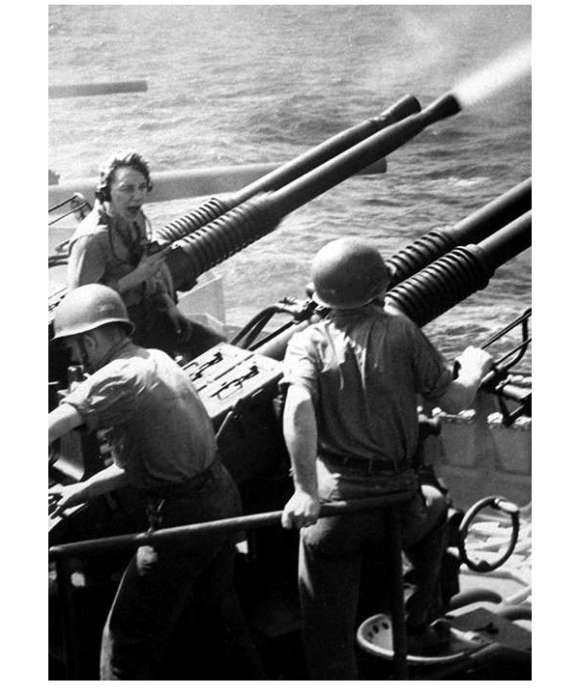
No Recipe for Victory
Invasion or Blockade? American Army and Navy planners debated how to vanquish Japan during World War II's final weeks.
This article is part of an ongoing series commemorating the 75th anniversary of the end of World War II made possible by Bank of America.
Cite this article:
MLA Citation:
APA Citation:
Chicago Style Citation:
